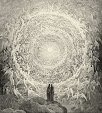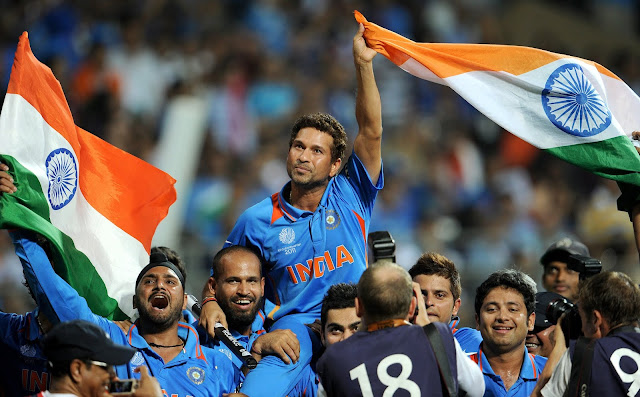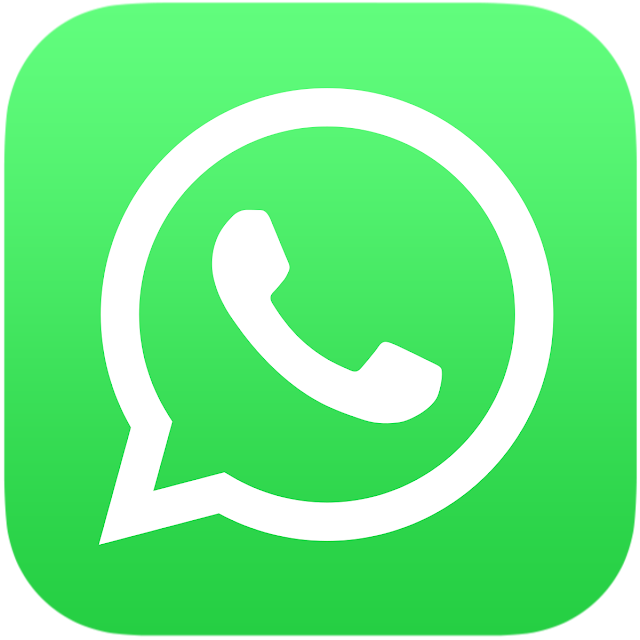Introduction
Honestly, I am a bit afraid of this prediction as you know the reputation of this person named Ryo Tatsuki. She has done 15 predictions so far and 13 of them were true. She has a prediction accuracy of 86.66% which is pretty much phenomenal. These predictions are defying all the rules of Science.
The entire trend of this prediction began with a viral image posted on TikTok and X which brought a rollercoaster of emotions amongst the netizens. The image showcased a huge Tsunami hitting the coastline of Japan. The source of this image is from a Japanese book titled The Future I Saw by the famous author Ryo Tatsuki.
 |
| Ryo Tatsuki |
In its pages, a towering wave crashes onto a coastal town—eerily reminiscent of real-world disasters. But the action turns real when, simultaneously, over 900 earthquakes swarm the Tokara Islands, including a 5.5 magnitude tremor. Panic spread rapidly: hong kong tourist bookings to Japan dropped by 11%, and carriers like HK Express and Greater Bay Airlines cut summer routes (Financial Times).
Social feeds are filled with anxiety, with users searching terms like “is there a tsunami predicted for tomorrow?” or “tsunami July 5 in Japan.” Flashbacks to coincidences from 2011 raised suspicion. Still, just because art, coincidence, and seismic activity line up doesn’t mean disaster is imminent. Let’s break it down to truth.
 |
| Tsunami |
How This Manga Gained Cult Status
Ryo Tatsuki’s graphic novel debuted in 1999 and made eerie predictions, like an earthquake and tsunami in March 2011. When the Tohoku tsunami hit Japan in March 2011, fans theorized—or insisted—Tatsuki had psychic foresight. The coincidence thrust her into superstition lore, earning titles like the “new Baba Vanga” (AP News; ABC Australia).
A 2021 reprint changed nothing in date—but the illustration warned of July 5, 2025. Combine that with Tokara’s seismic tremors and you’ve got a perfect storm for viral fear. But ultimately, correlation doesn’t equal causation.
What Authorities Are Saying
Japan’s top forecasters and earthquake specialists have dismissed the hype. Ryoichi Nomura from Japan Meteorological Agency (JMA) called the prediction a “hoax”, clarifying no scientific method predicts disasters on fixed dates (Japan Times).
University of Tokyo seismologist Robert Geller said he’s “never seen any predictions even close” to being accurate (Reuters).
And global monitoring centers—JMA, NOAA, and the U.S. National Tsunami Warning Center—all confirm there’s no tsunami alert issued (NDTV).
Experts say seismology relies on real-time data—seafloor sensors, ocean buoys, GPS—not fictional graphics.
Understanding the Tokara Quake Swarm
You’ve probably heard about the swarm—over 900 quakes, one reaching magnitude 5.5. On paper, that sounds scary, but here's what you need to know:
-
A 5.5 magnitude quake can rattle buildings, but it’s too minor to shift seabeds and cause a tsunami. Major tsunamis need megathrust quakes (M7.5+).
-
Evacuations on Akuseki Island were due to landslide risk—not tsunami danger—and only involved 89 residents (Independent UK).
-
JMA reported no structural damage or injuries from these quakes (Japan Times).
In short, yes the swarm reflects tectonic activity, but it’s not a tsunami trigger.
What Actually Causes Tsunamis?
Real tsunamis are generated when large earthquakes occur in subduction zones, where one tectonic plate dives beneath another—causing massive vertical shifts in the ocean floor. This movement displaces water, creating waves that race across oceans.
But smaller quakes, especially if they don’t involve significant vertical displacement, don’t create these waves. Notable events that led to devastating tsunamis include:
-
The 2004 Indian Ocean (M9.1)
-
The 2009 Samoa quake (M8.1, 14-meter waves locally)
-
The 2006 Kuril Islands quake (M8.3, 21-meter local waves)
None of these occurred due to small clusters or fictional predictions.
 |
| Manga series book by Ryo Tatsuki |
Busting the Myth vs. Reality
-
Myth: Manga can predict tsunamis.
Fact: Manga are fictional art—they’re not validated by science or peer-reviewed research (ABC Australia) -
Myth: The quake swarm means a tsunami is imminent.
Fact: No official alerts were issued; seismologists confirmed no tsunami threat. -
Myth: No tsunami alert means all is safe.
Fact: Some tsunamis arrive with little or no quake warning—knowledge is key. -
Myth: Predictions remove the need for planning.
Fact: A good emergency kit, route map, and alert system are essential.
Tsunami Safety Steps You Can’t Skip
If you're visiting or live near tsunami-prone coasts, do this:
-
Download official apps from JMA or NOAA for real-time alerts.
-
Map evacuation routes: Know your nearest high ground.
-
Emergency kit: Include water, snacks, flashlight, whistle, sturdy shoes, power bank.
-
Natural warnings: Sea suddenly pulls back or sustained shaking? Run uphill—don’t wait.
-
Check official sources, not social media noise—just ask Aiko, the traveler who nearly canceled her trip but stayed smart.
Tsunamis hit fast—seconds matter. Pack smart, stay alert, not panicked.
A Real-Life Hero: Tilly’s 2004 Lesson
In 2004 near Thailand, 10-year-old Tilly Smith recognized a tsunami’s sign—sea receding—after learning about it at school. She urged people to evacuate—and saved dozens (The Guardian). No prophecies or panic—just quick thinking. Imagine kids teaching adults? Respect her knowledge.
Calm, Prepared, Not Paranoid
Here’s the final takeaway:
-
No credible tsunami warning for July 5, 2025.
-
Earthquake activity near Tokara is real, but not tsunami-related.
-
Manga predictions aren’t science.
-
Being prepared—not panicked—saves lives.
Want the tools to prepare better? Check out this insider analysis for essentials and gear.

























0 Comments